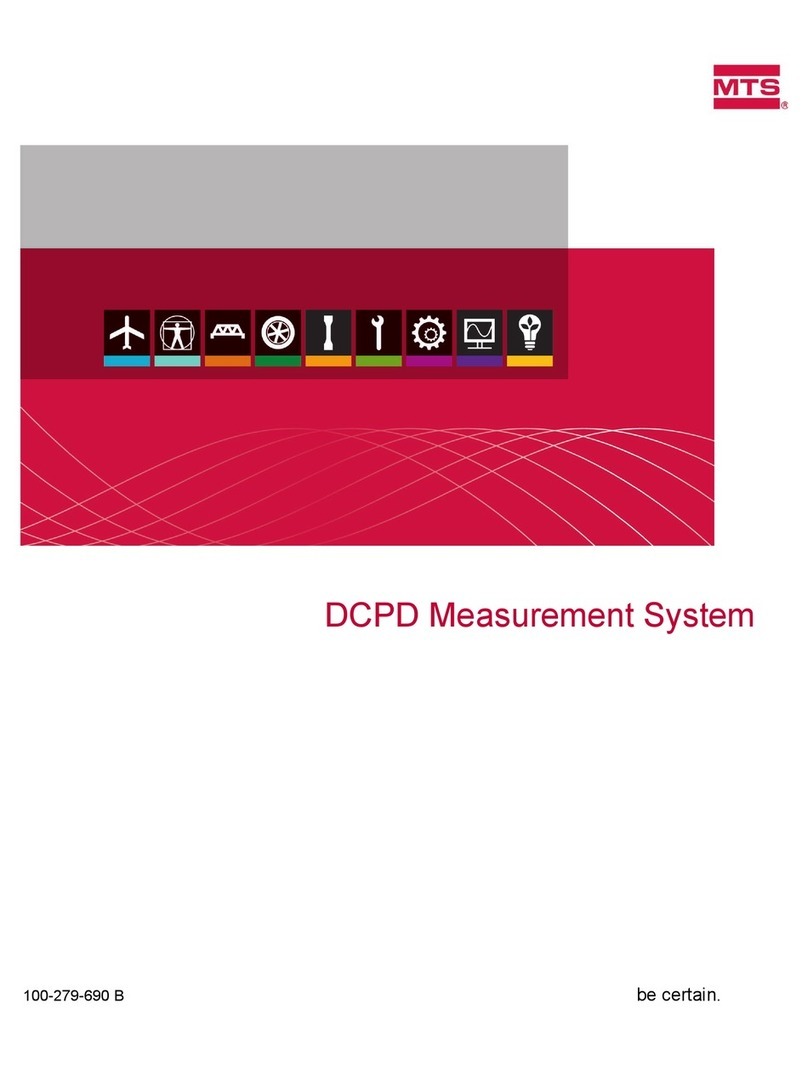1.0 INTRODUCTION
The Side Tank Indicator (STI) is part of the MTS Level Plus®product
line. It it offers a liquid crystal display (LCD) to indicate tank condi-
tions, an EIA-485 serial interface and a NEMA 4 type enclosure. The
LCD consists of sixteen seven-segment characters and thirty-one special
icons that indicate various tank conditions. The STI is compatible with
other MTS Level Plus digital EIA-485 devices including:
• Direct Digital Access (DDA) tank gauges
• Level Plus Tank Gauge Monitor
• Level Plus System80 (LPS80)
• HT-100 Hand Held Terminal
The STI has two modes of operation.
1. Network Mode: In this mode, the STI represents one slave device on
the multi-drop network controlled by a host device such as the Level
Plus Tank Gauge Monitor or LPS80.
2. Stand-Alone Mode: In this mode the STI assumes the role of host and
it is in control of the network. A single STI module can interrogate up
to eight DDA tank gauges and display level and temperature data
received from them.
The STI electronics include three printed circuit boards: the base board,
the microprocessor board, and the display board. The standard STI
housing is a NEMA 7 type enclosure. The cover has heat-treated glass,
wrenching lugs and a neoprene gasket seal. The base board mounts to
the bottom of the enclosure with four screws. The microprocessor and
display PCBs form an “electronics module” (hereafter referred to as the
module), which plugs into the base board mounted at the bottom of
the enclosure. No screws or spacers are required to attach the module
to the base board. The module is contained in a plastic shroud, and
can be easily be removed so that field wiring can be installed. Field
wiring is made to the P1 and P2 terminal blocks which are located on
the base board, under the module.
The STI display and the DDA gauge when combined with a Level Plus
Monitor (or with a PC that is running LPS80™ software) can be config-
ured for various applications. This manual covers only the STI display.
When necessary, you may need to consult manuals for the other
devices when designing your tank gauging system.
1




























